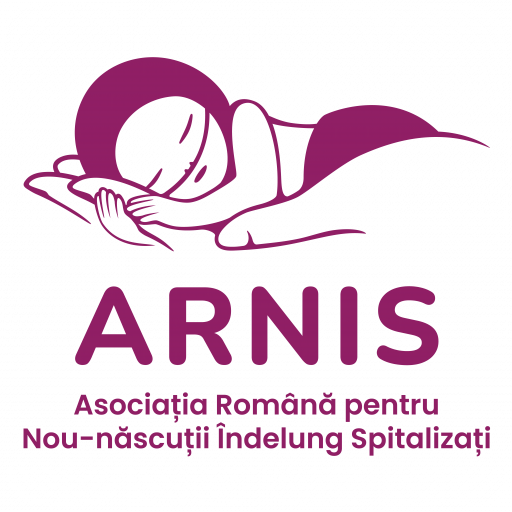ARNIS brings GMA to Romania
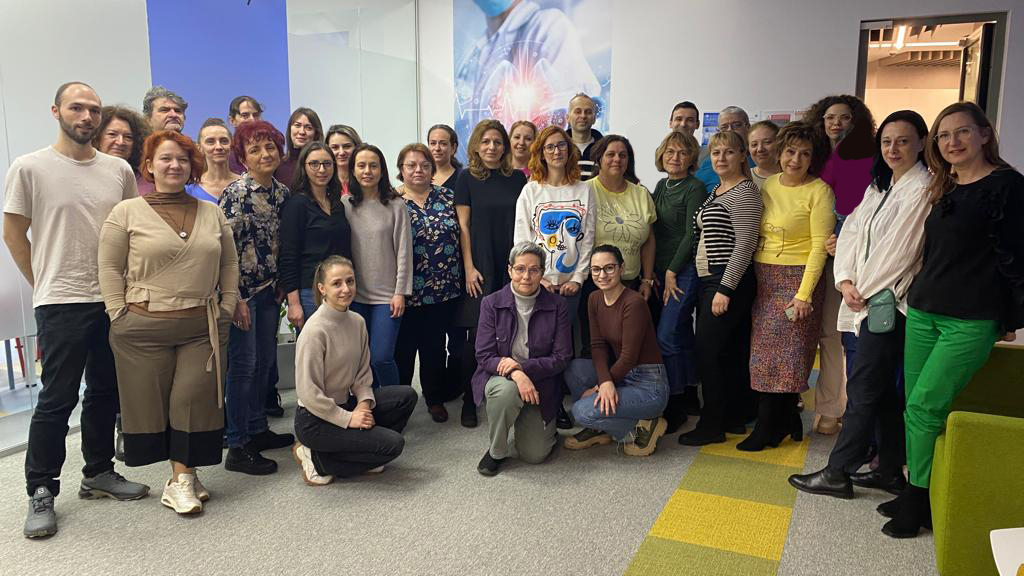
In the last 7 years, the terms normal or abnormal have been removed from the language and replaced with typical and atypical regarding the diagnosis of children and the way we relate to them in all social situations: the medical environment, the school environment, in the community.
Sure, we want most of our children to fit the typical standards set in the social sphere. As parents of atypical children, we make every effort to recover them and give them the best chance of integration.
This is the reason why ARNIS’s mission is to improve the way follow-up is done in Romania. The follow-up of children affected by preterm birth or other medical problems requires a progressive vision and continuous professional training.
ARNIS continues to focus on the early intervention professional training of perinatal specialists, an approach started in 2018. Between January 23 and 26, 2023 we hosted in Bucharest the General Movement Assessment (GMA) Prechtl Method Course – basic level under the guidance of Mrs. Dr. Christa Einspieler from the University of Graz, Austria.
The 30 registered specialists, neurologists, neonatologists, pediatricians, rehabilitation doctors and physiotherapists, accessed the GMA training for early intervention in identifying the risks of cerebral palsy or cognitive impairments (autism, ADHD, etc.) in the case of children affected by premature birth or at term, but with conditions at birth.
The advanced level GMA course will be held between 28.06-01.07 with specialists who have completed the basic GMA course. In the future, ARNIS plans to continue training in this assessment method, maintaining its leadership position, at the non-governmental level, in early intervention for the smallest of the smallest.
What is GMA (General Movement Assessment)?
GMA is the method of evaluating children’s movement repertoire to determine the risk of developing neuromotor or cognitive dysfunctions later in life.
Evaluating the risk to which a newborn is prone (pre-term – weeks 26-40 and post-term – weeks 0-22) we can intervene early through a personalized recovery plan, which prevents severe and irreversible conditions later in life.
The method consists in analyzing the movements, periodically, by filming the newborn, in weeks 26-40, to establish if the pattern of his movements is a normal one (N), if it is a poor repertoire of movements (PR-Pour Repertoire) or if the repertoire movements resemble the pattern of limb-trunk synchronized stiff movements (CS- Cramped Synchronized). Later, between 9-15 weeks after the due date, it is analyzed whether the child has the so-called fidgety movements, small movements of the joints of the limbs, neck and pelvis, normal movements that predict a normal evolution of the child.
Early intervention
The GMA method complements current neurological examination methods, being practicable from neonatal intensive care. The use of this method does not replace specialist medical consultation to diagnose a neurodevelopmental disorder, but is a tool that can help predict the risk of developing disabilities for newborns with birth conditions. GMA can facilitate the start of the child’s medical recovery as early as possible. The proposed early intervention involves an approach in the area of prevention and not in the area of rehabilitation where signs of stiffness already appear in the child, and is called Movement Imitation Therapy for Preterm Babies (MIT-PB). MIT-PB is an early intervention method, proposed for weeks 35-45, when PR or CS movement patterns are detected by GMA. Parents will be taught by physical therapists to recognize stiff movements (CS), identify them, and guide them toward orderly, non-stiff movements. In this intervention window, Dr. Christa Einspieler told us how “…we must focus all our efforts on improving the movements of newborns.”
What is the role of parents in applying MIT-PB?
-Parents are advised to hold the baby during daily activities if they are at home, or in the lounge if they are in the hospital, as much as possible.
-They have to wait for the child to start moving, to initiate the movement, which they pick up and guide to eventually imitate the typical movement. As the child begins to move, to initiate the stiff (impaired) movement, I can guide the limbs out of this stiffness to teach the brain how to correctly command that movement in the future.
-It is recommended to involve both parents and the extended family in working with the child, for variety, so that each of them teaches the child “a new dance”. The (time-limited) intervention of physiotherapists is not enough. -Singing and talking to the baby are part of the therapeutic process. Stimulating all the baby’s senses helps prevent motor or cognitive problems.
-When the baby starts to cry, parents are advised to comfort their baby, to stop and calm them down, not to continue the intervention. During crying, the neural circuits become blocked, as in a kind of paralysis, and the child no longer responds to the stimulus delivered by the parent.
-The goal is to reach fluent and elegant movements, doing therapy with your own child, as much time as possible.
*It is extremely important that these practices are carried out by parents under the guidance of a therapist specialized in GMA. Often, for evaluations, specialists film the child periodically. In order to take these shots, it is necessary and important that the parents sign the photo/video consents.
What else can parents help with in the baby’s medical recovery?
-Skin to skin contact must be promoted by specialists. Research has proven that the closeness between the two helps the neurological development of the newborn and the creation of the parent-child attachment. The more they hold each other, the better: the parent’s body temperature helps muscle relaxation, the parent instills a pattern of movements that the developing baby needs, and the parent’s movements help refine the baby’s movements. Skin-to-skin warmth is transmitted, attachment is created, and a neural pathway is accessed to transmit new movement patterns by synchronizing with the parent’s body and movements.
-The correct positioning of the newborn in the incubator is important to prevent postural defects, but even more important is the involvement of the parents to stay with their children. A parent who is involved and attached to his child has an intense concern for his child’s well-being.
Parents know that their baby was affected at birth, such as a brain injury, but they do not understand exactly what the risk is in the child’s development. That is why it is in the specialist’s power to follow the child’s evolution, trying to balance the communication with the parents. Not all babies with conditions at birth may later develop problems (e.g. paresis), but all should be assessed for GMA to rule out this risk and possibly develop an early intervention plan.
*The information in this article summarizes some of the principles presented in the GMA Basic Level course by Dr. Christa Einspieler.
**The Prechtl General Movement Assessment Method Course – Basic Level was organized in January 2023 by the Romanian Association for Long-Term Hospitalized Newborns – ARNIS, in partnership with the Romanian Society of Pediatric Neurology, Adia Kineto and supported by GE HealthCare Romania.


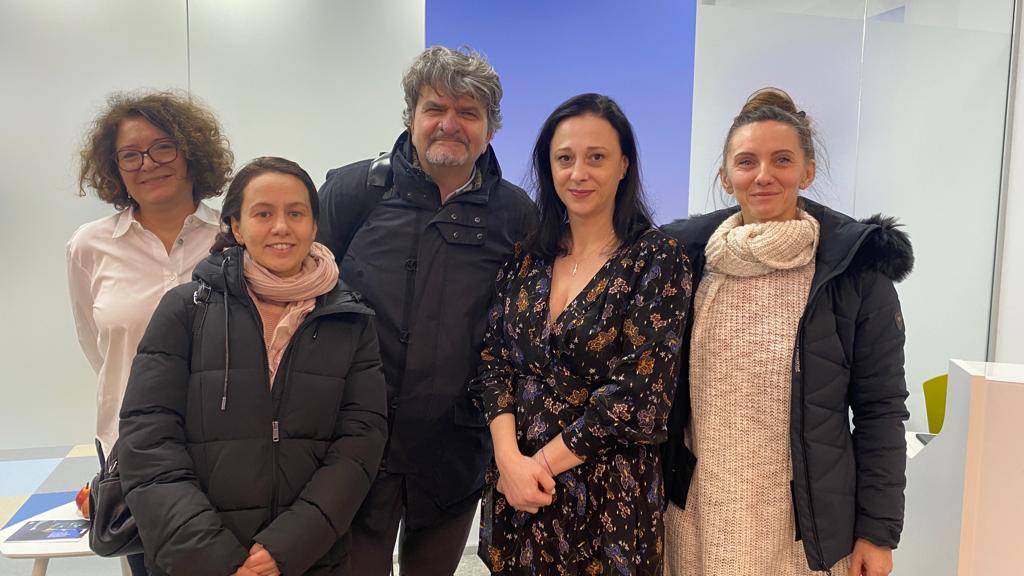
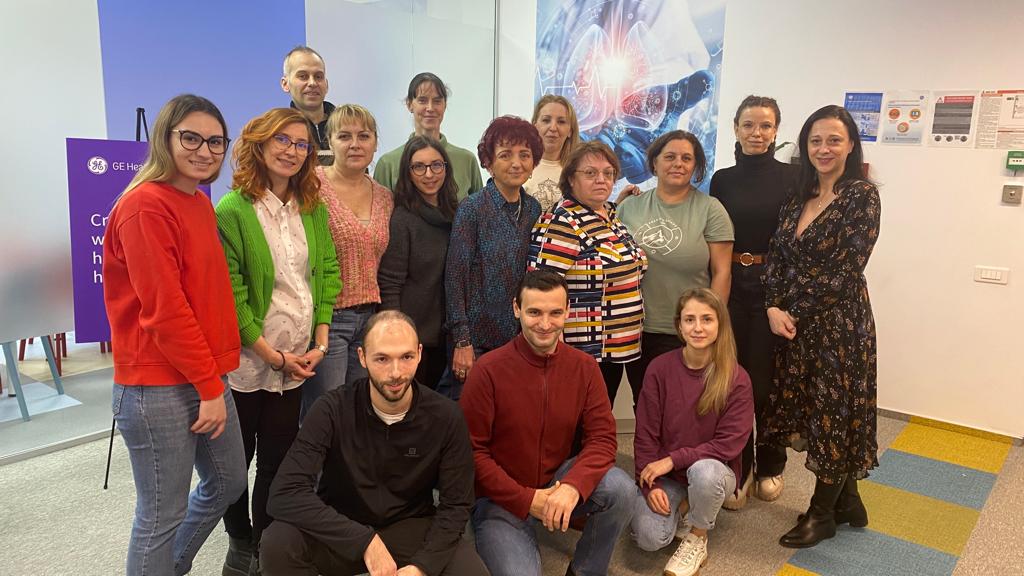

Interview with dr. Christa Einspieler
ARNIS: Is GMA a painful or stressful assessment for the child?
Dr. Einspieler: By all means no – what should be painful when being filmed
ARNIS: How can parents help make the films used in the GMA assessment?
Dr. Einspieler: By recording their infant younger than 5 months (corrected age for preterm infants) – infant in supine, not crying, not fussy, not on pacifier, arms and legs free, (most optimally dressed in a “body”) – without stimulation , recording time 1 to 2 minutes, sending this video with proper indication of infants date of birth, born at which gestational age, date of recording to a GM trust certified scorer.
ARNIS: How can parents tell if they have a typical or atypical child?
Dr. Einspieler: Parents cannot and should not make such a decision but in case of uncertainty or atypical observation they should be taken serious by the expert.
ARNIS: Why is it important to emphasize prevention, early intervention in the case of newborns with birth conditions?
Dr. Einspieler: Because prevention is better and more meaningful than rehabilitation but it should be under the guidance of a professional.
More on GM Trust website: https://general-movements-trust.info/

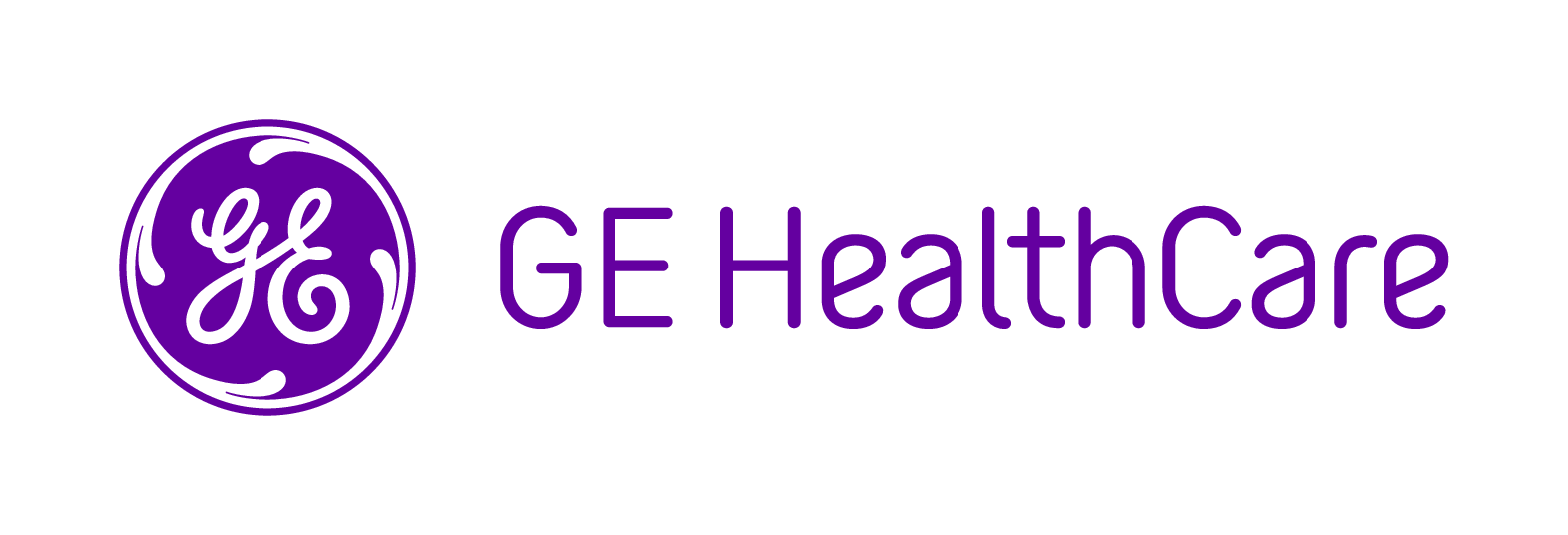
Many thanks to GE HelathCare România for financial support and for hosting us in the space of GE Healthcare Academy.
